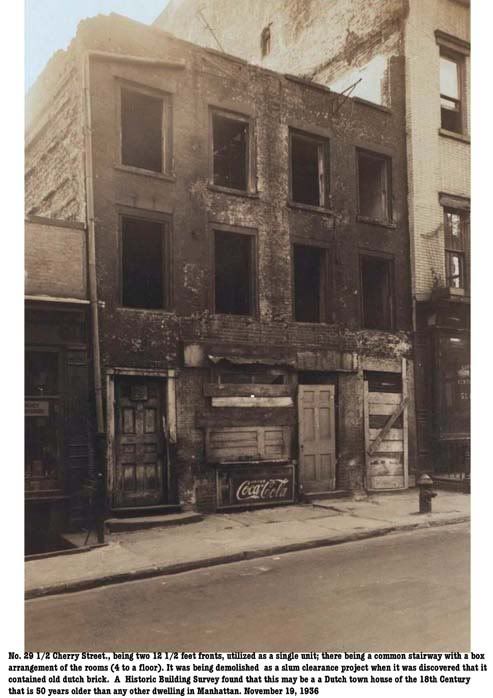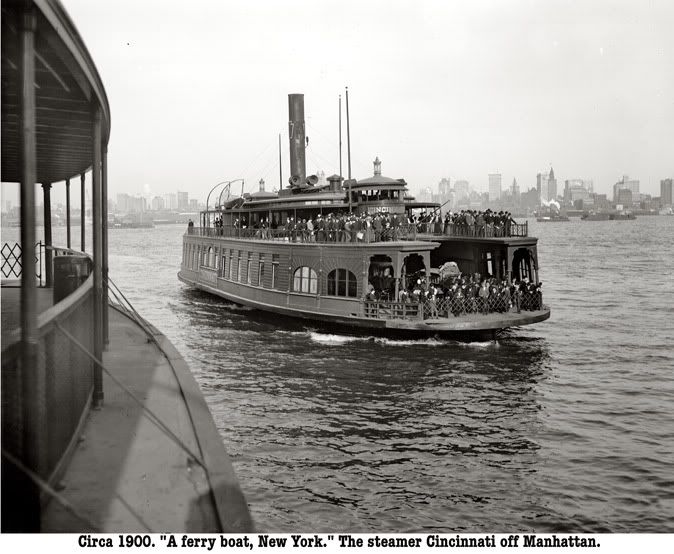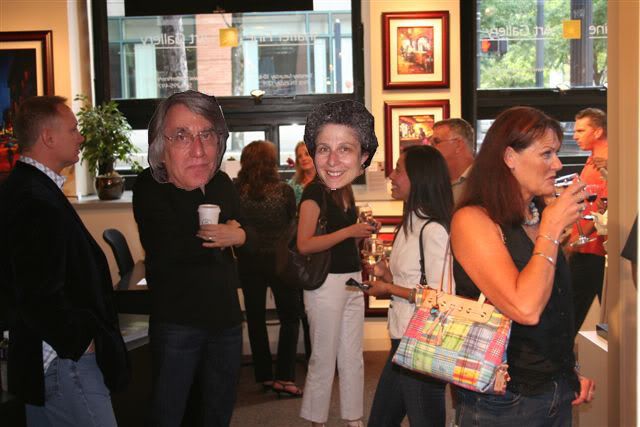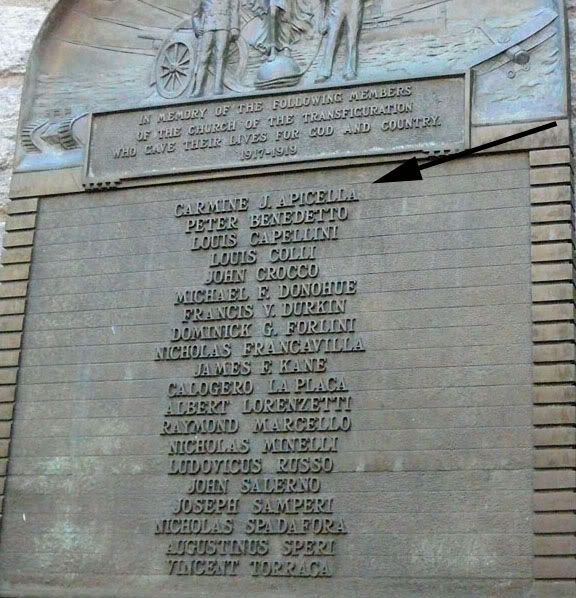The Loew's Commodore became the Loew's Fillmore
from Cinema Treasures
Loew's Commodore Theater in 1968
New York, NY
105 Second Avenue
When it opened in 1926, the Commodore was the largest of the 10 movie theatres in operation on Second Avenue between Houston and 9th Street.
Screens: Single Screen
Style: Adam
Seats: 2830
Architect: Harrison G. Wiseman
Originally opened in 1926 as the independently operated Commodore Theater, this movie house/Yiddish theater was taken over by Loew's Inc. and later became known as the Village Theater. It can credit Lenny Bruce as appearing on its stage.
In March 1968 it became the Fillmore East concert venue. Over the years, innumerable bands played here including Santana and Chicago. After decades of success, the Fillmore finally closed.
In the fall of 1980, it was converted into what was to become New York City's best and most celebrated gay disco 'The Saint', which became famous world-wide. This continued until May 2, 1988 when the doors closed following a non-stop 48 hours party. The building was used spasmodically for a couple of years for live events, then stood empty for a few years until the auditorium was demolished in around 1996.
Today the narrow facade remains and the lobby is now remodeled as an Emigrant Savings Bank. Apartments/condos called Hudson East were constructed on the site of the auditorium. In the lobby of the bank are pictures of the Fillmore, Village Theater and Loews Commodore Theatre as well as some posters from the Fillmore days.




























